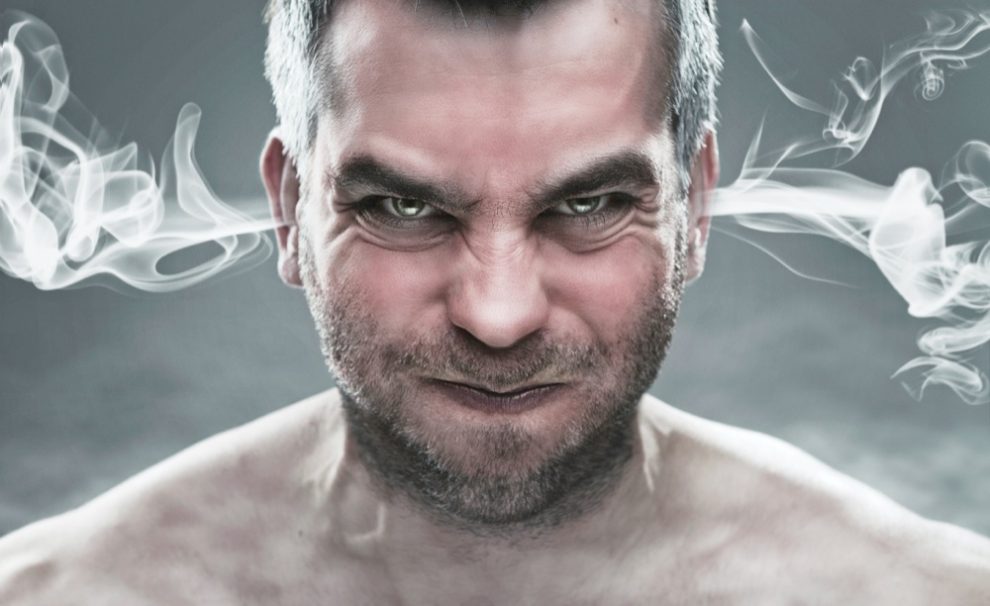In April Safe Work Australia released its first report on work-related mental stress and its associated costs based on an analysis of Australian workers’ compensation claims data from 2008-09 to 2010-11. The report includes comparisons of rates of mental stress claims across industry sectors and occupations for male and female workers.
In releasing the Incidence of accepted workers’ compensation claims for mental stress report Safe Work Australia Chair, Ann Sherry AO highlighted the increasing concern in workplaces about work-related mental stress.
“The personal impact of mental stress on workers is a serious and detrimental issue the worker and their families and also employers,” revealed Ms Sherry.
“Typically mental stress claims result in workers being absent from the workplace for long periods of time.
“The loss of productivity and absence of workers is costing Australian businesses more than $10 billion per year.”
The report shows the highest rates of mental stress claims were by workers with high levels of responsibility for the wellbeing and safety of others or workers at risk in dangerous situations. These jobs include train drivers and assistants, police officers, prison officers, ambulance officers and paramedics.
OTHER KEY FINDINGS OF THE REPORT ARE:
Mental stress claims are the most expensive form of workers’ compensation claim. These claims result in workers often being absent from work for extended periods.
More professionals make claims for mental stress than any other occupation. A third of these claims are due to work pressure.
The hazards resulting in mental stress claims vary with worker age. Younger workers are more likely to make claims as a result of exposure to workplace or occupational violence. Work pressure is the main cause of mental stress claims for older workers.
Women were around three times more likely than men to make a workers’ compensation claim as a result of work-related harassment or workplace bullying. Work pressure was stated as the cause of the majority of claims in industries with the highest claim rates.
“These findings highlight why it is necessary for employers to be aware of stress-related issues and improve current work practices to decrease unnecessary stress in the workplace,” said Ms Sherry.
YOUNG WORKERS – A BURNING ISSUE FOR AUSTRALIAN WORKPLACES
Data released by Safe Work Australia in April has revealed a fifth of all work-related injuries experienced by Australian workers were incurred by workers aged 25 years and under – a predominant demographic in the mining and resources sector.
The report Work-related injuries experienced by young workers 2009-2010 found the injury rate of young workers — the rate of injuries per 1000 workers — was 18 percent higher than for those aged over 25. This means an injury rate of 66.1 work-related injuries per 1000 young workers compared to 56.2 injuries per 1000 workers aged over 25.
Safe Work Australia Chair, Ann Sherry AO said “Often in their first jobs, young workers can get caught up with the excitement of entering the workforce. They may overlook the need to be familiar with the potential workplace hazards and safety procedures in place.”
KEY FINDINGS FROM THE REPORT INCLUDE:
Almost two thirds of young workers did not apply for workers’ compensation following their work-related injury with half of these young workers feeling their injury was too minor to warrant lodging a claim.
Workers’ compensation data shows one quarter of all compensated injuries incurred by young workers involved the hand, fingers and thumb with young males at particular risk of these injuries.
Two thirds of young worker traumatic injury fatalities involved a vehicle.
“Mental stress claims are the most expensive form of workers’ compensation claim. These claims result in workers often being absent from work for extended periods.”
MENTAL STRESS CLAIMS: number and percentages by sex and occupation, 2008-09 to 2010-11p combined
| Number of claims | Frequency rate (a) | |||||
|---|---|---|---|---|---|---|
| Occupation | Males | Females | Total | % | Males | Females |
| Professionals | 2205 | 5360 | 7560 | 26.5 | 38.7 | 95.2 |
| Intermediate clerical, sales & service workers | 1545 | 4445 | 5985 | 21 | 58.9 | 79.2 |
| Associate professionals | 2835 | 2740 | 5575 | 19.6 | 68.4 | 99.2 |
| Intermediate production & transport workers | 1860 | 365 | 2220 | 7.8 | 44.7 | 75.8 |
| Elementary clerical, sales & service workers | 720 | 1270 | 1990 | 7 | 50.4 | 59.9 |
| Labourers & related workers | 870 | 790 | 1660 | 5.8 | 34 | 74.2 |
| Managers & administrators | 725 | 915 | 1640 | 5.8 | 20.7 | 72.4 |
| Tradespersons & related workers | 970 | 265 | 1235 | 4.3 | 17 | 55.2 |
| Advanced clerical & service workers | 105 | 475 | 580 | 2 | 46.2 | 43.2 |
| Total Mental stress claims (b) | 11845 | 16650 | 28495 | 100 | 39.4 | 81.1 |
(a) Calculated as claims per 100 million hours worked.
(b) Includes claims where occupation was not stated.














Add Comment